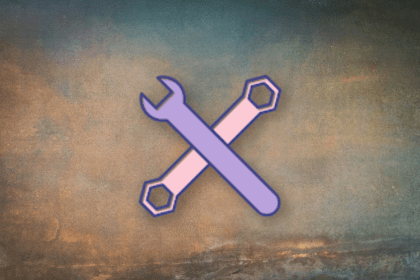
Canva offers hundreds of thousands of free templates and 100+ million design assets to appeal to all different types of users.
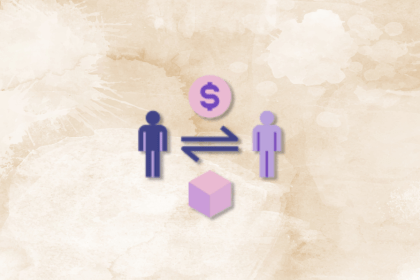
From now on, app developers can avoid the 30 percent cut Apple takes from most transactions and opt to process payments on their own.
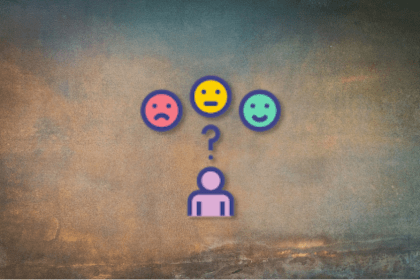
Outliers show you where your product is brittle, where your assumptions break, and where your next act might be hiding.
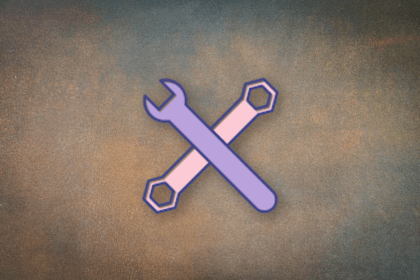
Whenever I open PM groups on Reddit, Facebook, or WhatsApp, I see people asking the same question: “Will AI take my job?”
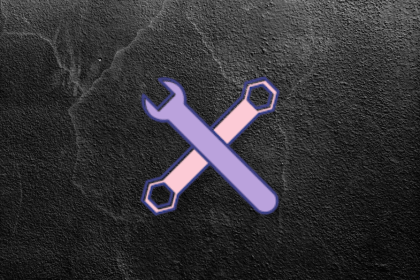
Using these guidelines, you can ensure that you develop lean, functional, and valuable products — all while avoiding feature creep.

Keep the lights on refers to everything that comes between your product and your customers receiving its promised value.
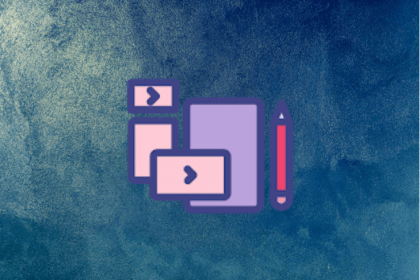
If you get AI personalization right, you’ll see higher customer retention, increased trust, and long-term revenue growth.

AI now integrates into almost every aspect of your daily life. That said, people have a range of emotions towards its increasing use.
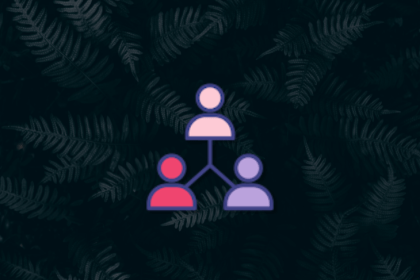
In the field of product management, a strong personal brand helps to showcase strategic thinking, leadership, and storytelling.
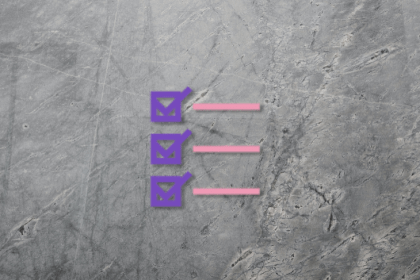
This guide covers the essential skills that’ll define successful product managers in 2025, as well as tips on how to develop these abilities.
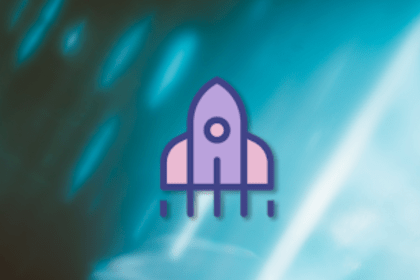
Agentic AI is capable of observing its environment, creating a plan, and executing tasks independently to achieve predefined goals.
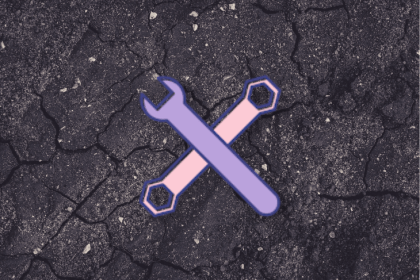
Your product backlog should be a vehicle to drive value but it often becomes a distraction to what really matters.